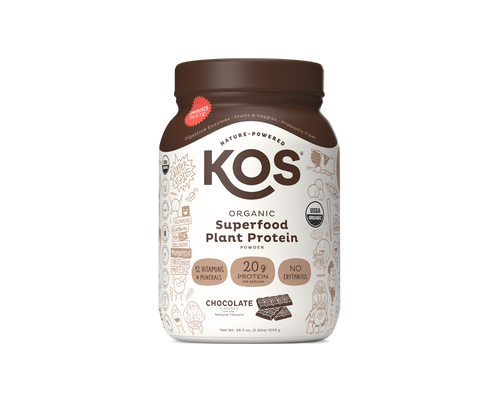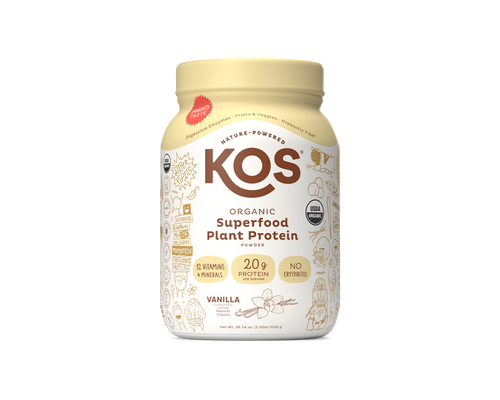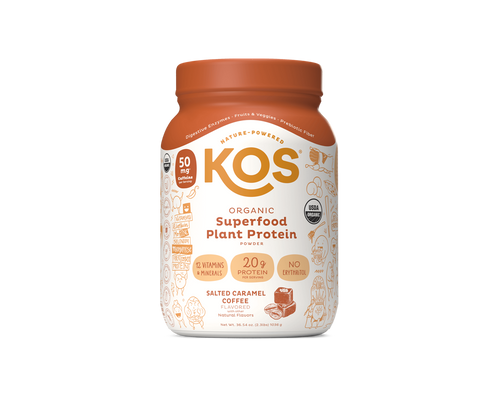Table of Contents
Beans. Whew! For glamor, excitement, and that red carpet Hollywood vibe we all crave, is there anything that beats beans? No way! But lest we judge beans by their swinging appearance alone, the real stuff, dear reader, is what's inside. *sniff* Isn't that always the case? We must never judge a bean by its exocarp.

Okay then. What's inside a bean? Lots. Architecture aside, these organic thingamabobs of various shapes and size are packed with nutrients. Why? Beans (or legumes, as fussy scientist types call them) are seeds.
They carry the necessary fuels required to build the living thing that will presently sprout from them, mature, and flourish.
Look -- If rocket ships produced beans, imagine the power those little guys would contain. What the **** am I talking about?? A bean is pure potential in a tidy little package. The acorn is the mighty oak. You eat the bean? You actualize the potential. It's not mysticism: it's biophysics.
Beans Are Almost A Cardiovascular Silver Bullet
Annually, 18 million global deaths and about 1 of every 4 deaths in the U.S. come from CVD. CVD go together like bacon and eggs, and side dishes include dyslipidemia (lipid imbalances). Overweight in the U.S. population has risen 12% in the past 20 years. The problem is bigger than simply "careful how much you eat."

Beans are a vegetable, but because they’re comparable to meat in the areas of protein, iron, and zinc, they are increasingly lending themselves to the meat alternatives industry. This is good. Plant-based foods deliver much less saturated fat—a natural element of animal products.
It’s been shown that inclusion of beans in the diet is beneficial to reducing conditions that can lead to CVD. Beans—and a plant-based diet generally— also improve diversity of the gut microbiome, markedly improve colon health and chronic inflammation, and make body weight much more manageable.
Beans are Pure Nutrient Potential
Beans are edible seeds, and there are many varieties. We've all heard of kidney beans, navy beans, black beans, pinto beans, the egotistical-sounding Great Northern beans, and lentils. Then you have your black-eyed peas and chickpeas; beans that seem not to want to be associated with the others. "We're not beans - we're peas." Sure, dude. Whatever. If my nickname was Garbanzo I’d go by “Chickpea”, too.

Even with "wellness" in the ascendant -- both as a lifestyle and as a swinging word to throw around, people are still surprised when they find out just how packed beans are.
Fiber, protein, manganese, zinc, carbs, B vitamins, iron, copper, magnesium; a bean should be the size of a soccer ball given all it carries. What else? They're low in fat and popping with protein.
A half cup of beans, which is typically considered one serving, provides about 8g of protein, to which you can add 7–9 g of fiber. And 115 calories! What's not to love?
But to (radically) paraphrase the Declaration of Independence; not all beans are created equal. How do they rank? Let’s have a look-see.
Beans and Their Respective Protein and Fiber Profiles: Ranked.
Beans have a full nutritional profile, such that there are several metrics one can use to evaluate them. But because the “plant-based diet” always has protein content as top of mind, we’ll lead with those rankings. Note that a serving is 1/2 cup.
Great Northern Beans — 9.65 grams of protein, 6.4 grams of fiber. Perhaps due to their robust protein and fiber profile, this is the only bean that haughtily insists on the word “Great” in its name. This seed crop is said to have been mastered by the Mandan tribe of Native Americans indigenous to what came to be called North Dakota — hence the “Northern”.
These power pellets have both soluble fiber (lowers fat absorption, stabilizes blood sugar, feeds your helpful gut colony) and insoluble fiber (keeps us regular), both of which offer that “fuller” feeling that causes us to eat less.

Black Beans — 7.6 grams of protein per serving, and 7.5 grams of fiber. Darker beans—like black beans—are more phytochemical-rich and have a higher antioxidant capacity, and black beans have been shown to have a more positive impact on gut and colon health than other beans.
Navy Beans — 7.5 grams of protein, 9.6 grams of fiber. A 1/2 cup serving also loads you up with fully 16% of the recommended daily allowance of

potassium; an electrolyte that crucially manages the water content in your cells. A 2008 study found a connection between cooked Navy beans and a reduction in colon carcinomas.
Folate for focus, magnesium for heart health, iron for the blood — these beans have so much nutritional mojo, and just as importantly, fiber, the U.S. Navy in the 1800’s made them a staple of sailors’ diets. Hence “Navy beans”. We can guess that by the end of a tour of duty, those sailors couldn’t stand the sight of these well-meaning beans.

Pinto Beans — 7.5 grams of protein, 7.5 grams of fiber. Pinto beans reduce the biomarkers for coronary heart disease. Pinto beans also have a positive effect on the gut microbiome’s ability to battle invasive bacteria.
Kidney Beans — 7 grams of protein, 5.5 grams of fiber. Rich in Iron, Manganese, Folate, Phosphorus, and Thiamine (Vitamin B1), kidney beans are jumping with energy.

Unfortunately, uncooked kidney beans can cause gastrointestinal issues due to an abundance of phytohaemagglutinin — a toxin that is neutralized in the cooking process. Raw kidney beans will not treat you well.

Fava Beans — 6.08 grams of protein, 4.3 grams fiber. Fava beans are rich in bioactives, and have a potent anti-oxidant profile. Favas are one of the foods being studied in the context of improving worldwide nutritional security — a tidy was of saying “foods that are most likely to help stamp out global starvation.”
Lima Beans — 5.3 grams of protein, 3.8 grams of fiber. Lima beans are loaded with iron (helps the blood shop oxygen to your various bodily neighborhoods), manganese (essential for connective tissue, bones, blood clotting factors, and reproductive hormones), and copper (critical for cellular energy and maintenance of your blood vessels. And they make pennies out of it).
Chickpeas — 5.94 grams protein, 5.3 grams fiber. The word ”Chickpeas” is said to derive from the Latin for the plant’s actual botanical name: Cicer Arietinum.

So…yeah. I don’t really see the linguistic resemblance, either, but there you go.
I believe the swinging “Chickpea” just sounds more hip than the beans’ alternate name; Garbanzo. Just a theory.
These beans have been in common usage for around 8,000 years.
A complex carb that is metabolized slowly, Garbanzo fiber is good for low-carb eating, and a hormonal decrease in appetite.
Significantly, Garbanzo eaters (hummus is made from garbanzo beans) are shown statistically to have higher nutrient intakes of dietary fiber, vitamin A, vitamin E, vitamin C, folate, magnesium, potassium, polyunsaturated fats, and iron as compared to non-consumers. So maybe they deserve their hipster street name after all.
Beans are a Life Force Waiting to Share the Goods
Beans don’t look like much, and unlike caviar on a cracker they have been feeding humans for thousands of years. This may lead us to mistake beans for an ordinary foodstuff that doesn’t merit much of our attention. What could be further from the truth?
An acorn — something you could slip into your pocket—is a mighty 300 year-old oak-tree-in-waiting. A bean is likewise a seed, absolutely packed with all the information and nutrition needed to create - and protect - thriving life. The seed holds the plant's immune system, damage repair strategies, and the means to produce more seeds; more life. The potency of the seed is what keeps this cycle of life dynamic and successful.

A single plant can comprise as many as 8,000 polyphenols—micronutrients that naturally occur in plants—and at present there are around 374,000 identifiable plant species in the world. Western science is just beginning to understand the fullness of what human physiology can do with these bioactive elements.
Increasingly, research indicates that plant polyphenols play an absolutely vital role in human health. The plant-based possibilities for human health are hard-wired into our ecosystem, and almost literally endless. And it all starts with the seed. Though you can call it The Bean.






